-
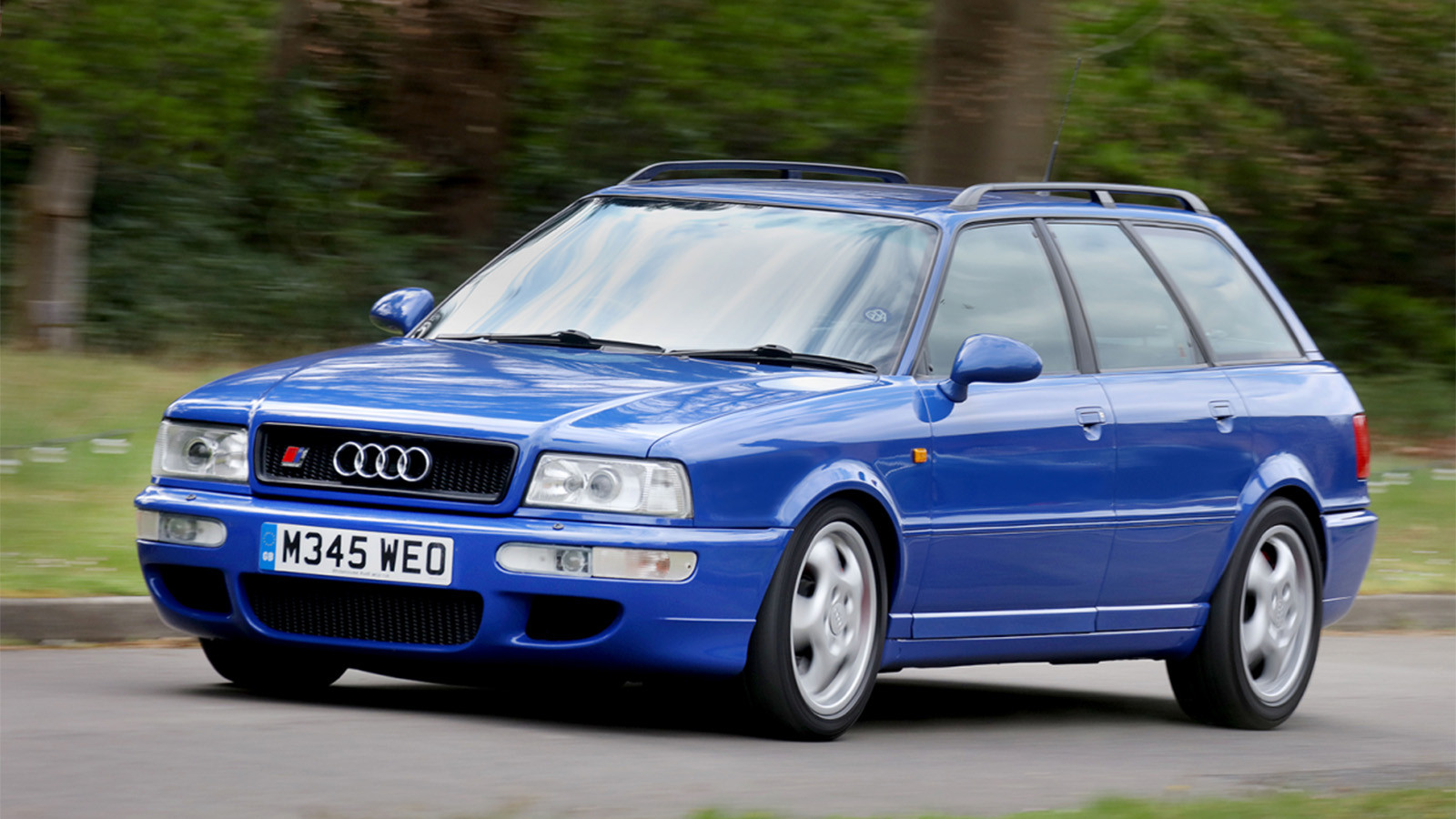 © James Mann/Classic & Sports Car
© James Mann/Classic & Sports Car -
 © Alfa Romeo UK
© Alfa Romeo UK -
 © Audi UK
© Audi UK -
 © Audi
© Audi -
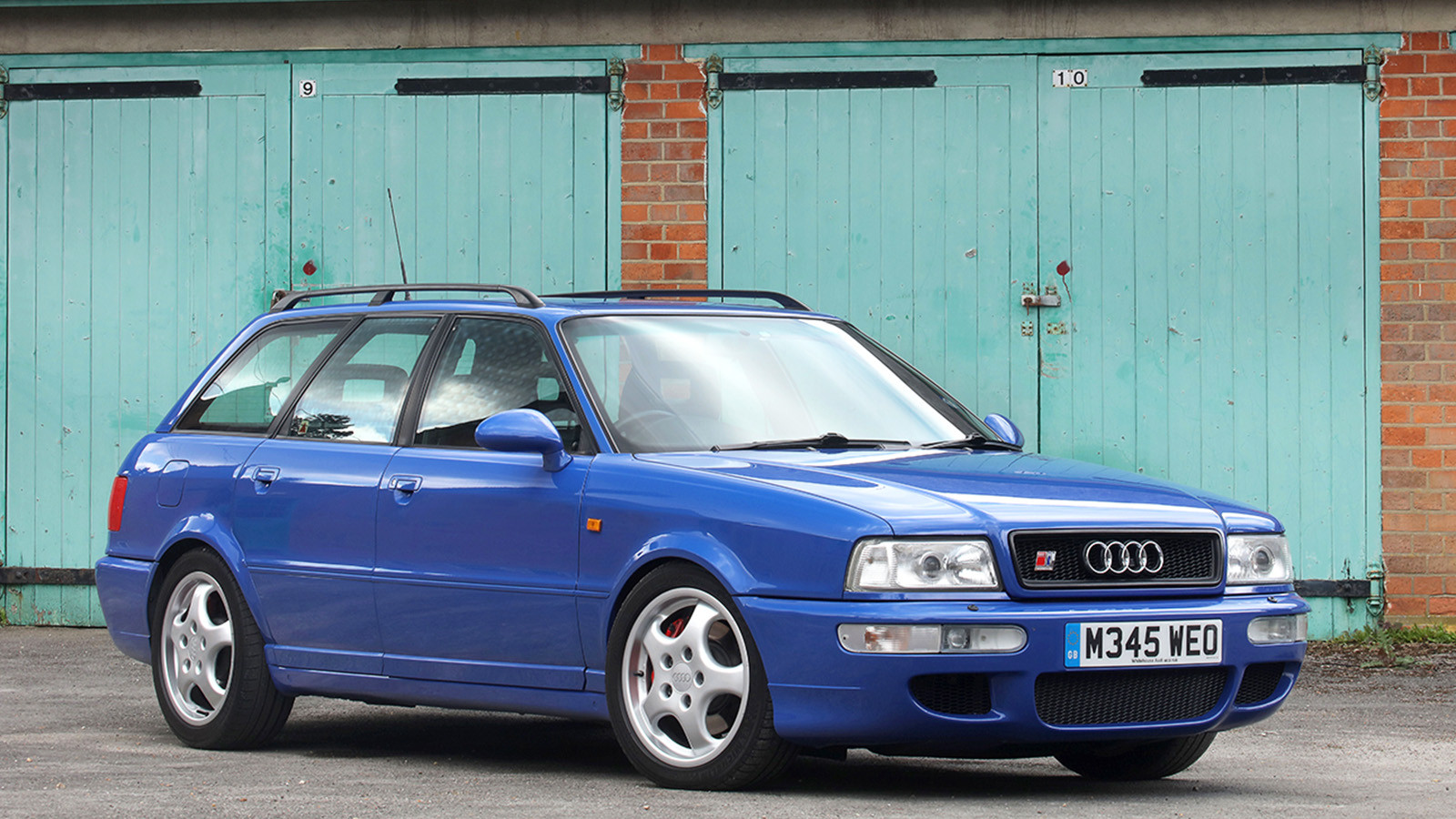 © James Mann/Classic & Sports Car
© James Mann/Classic & Sports Car -
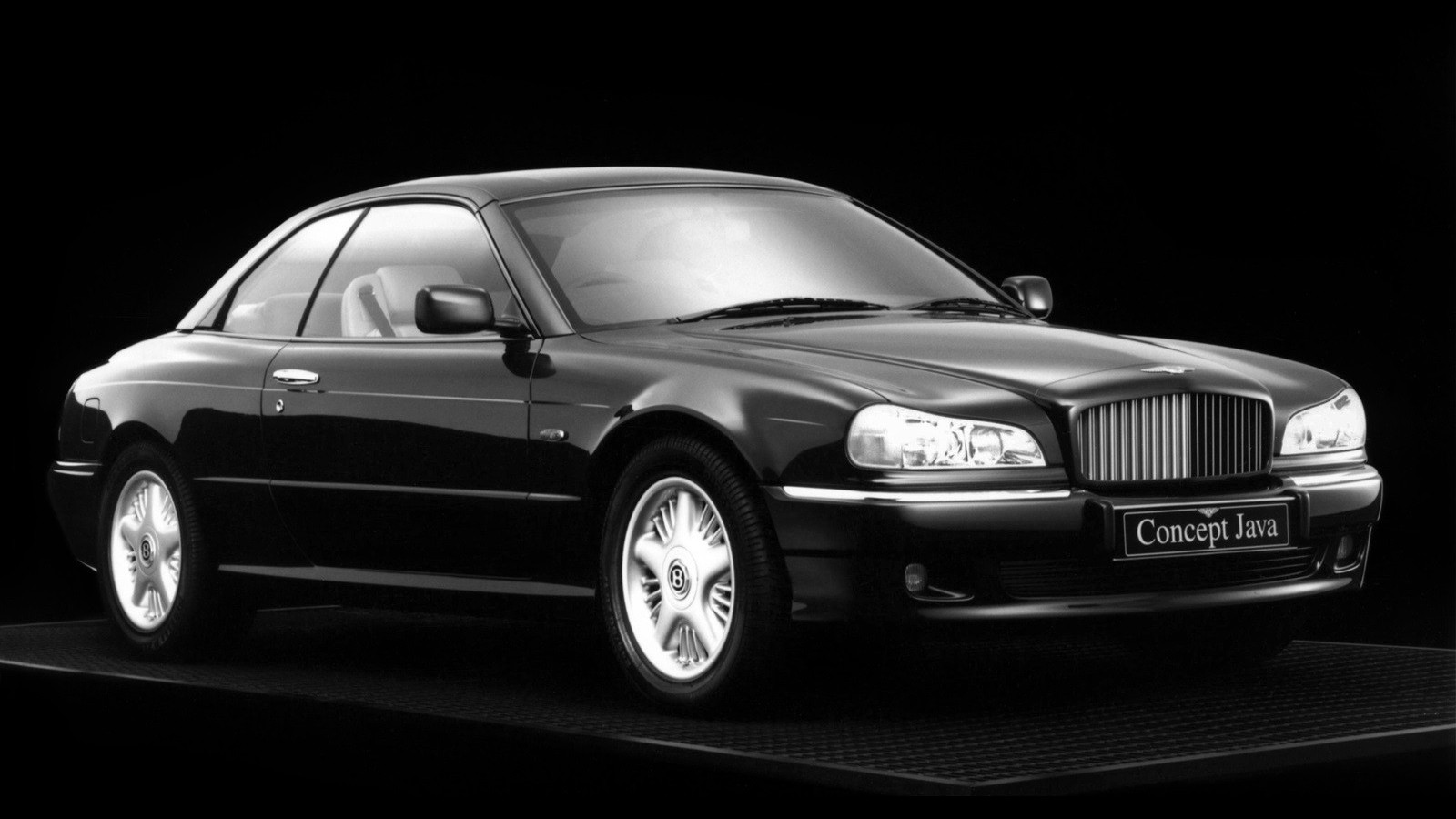 © Bentley Motors
© Bentley Motors -
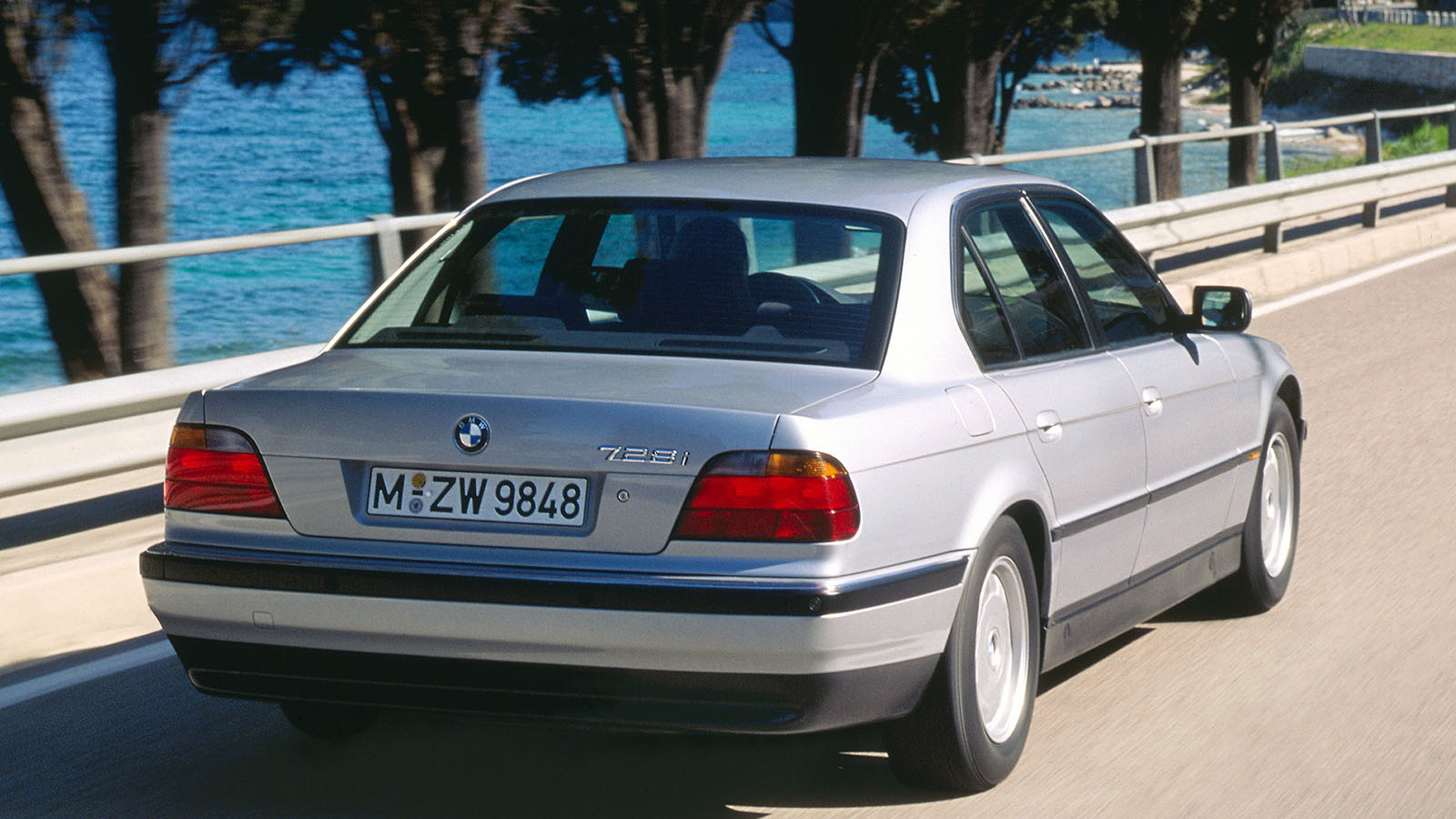 © BMW
© BMW -
 © Tony Baker/Classic & Sports Car
© Tony Baker/Classic & Sports Car -
 © Vauxford/own work/Creative Commons licence https://creativecommons.org/licenses/by-sa/4.0/
© Vauxford/own work/Creative Commons licence https://creativecommons.org/licenses/by-sa/4.0/ -
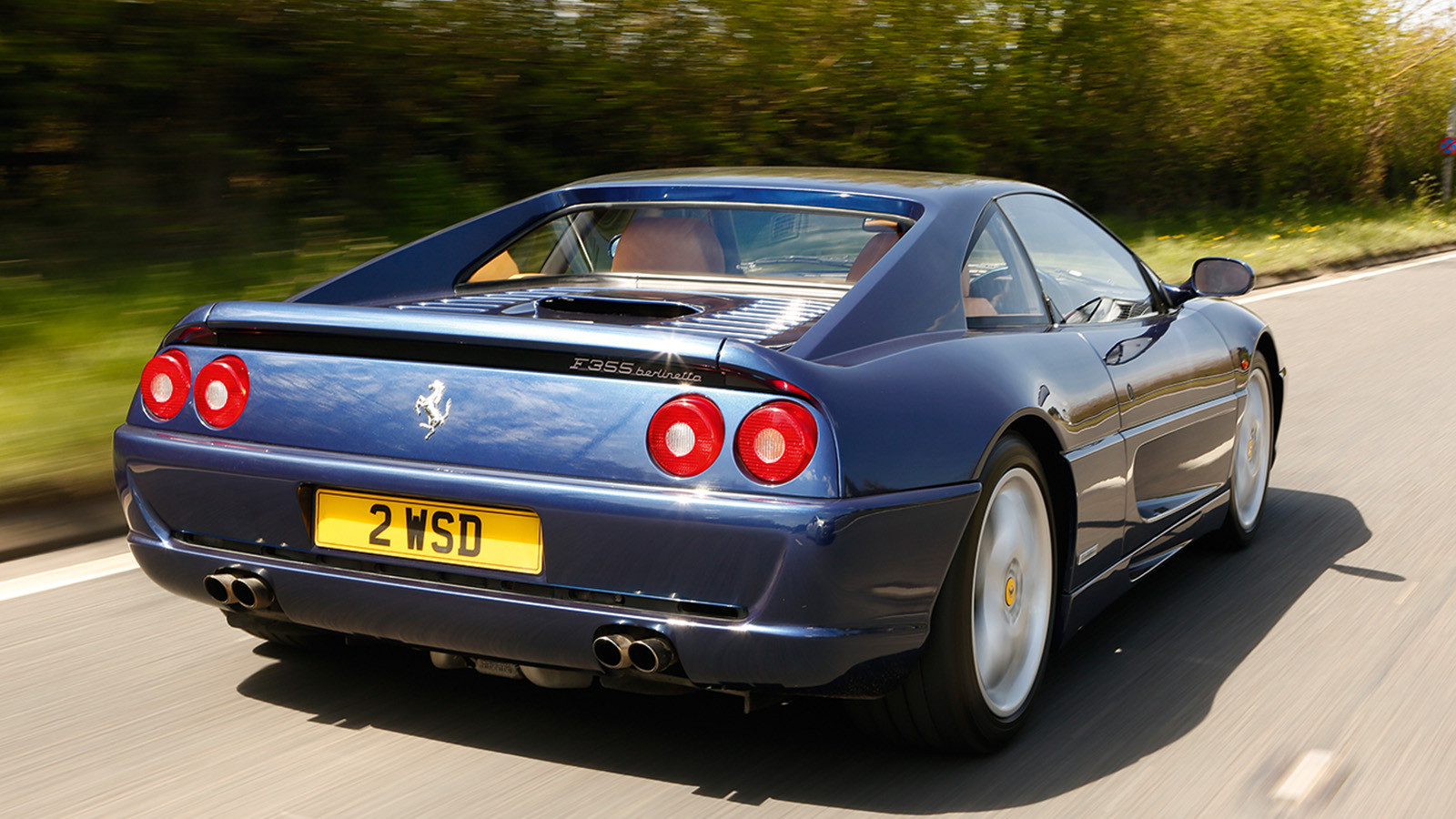 © Tony Baker/Classic & Sports Car
© Tony Baker/Classic & Sports Car -
 © Bonhams|Cars
© Bonhams|Cars -
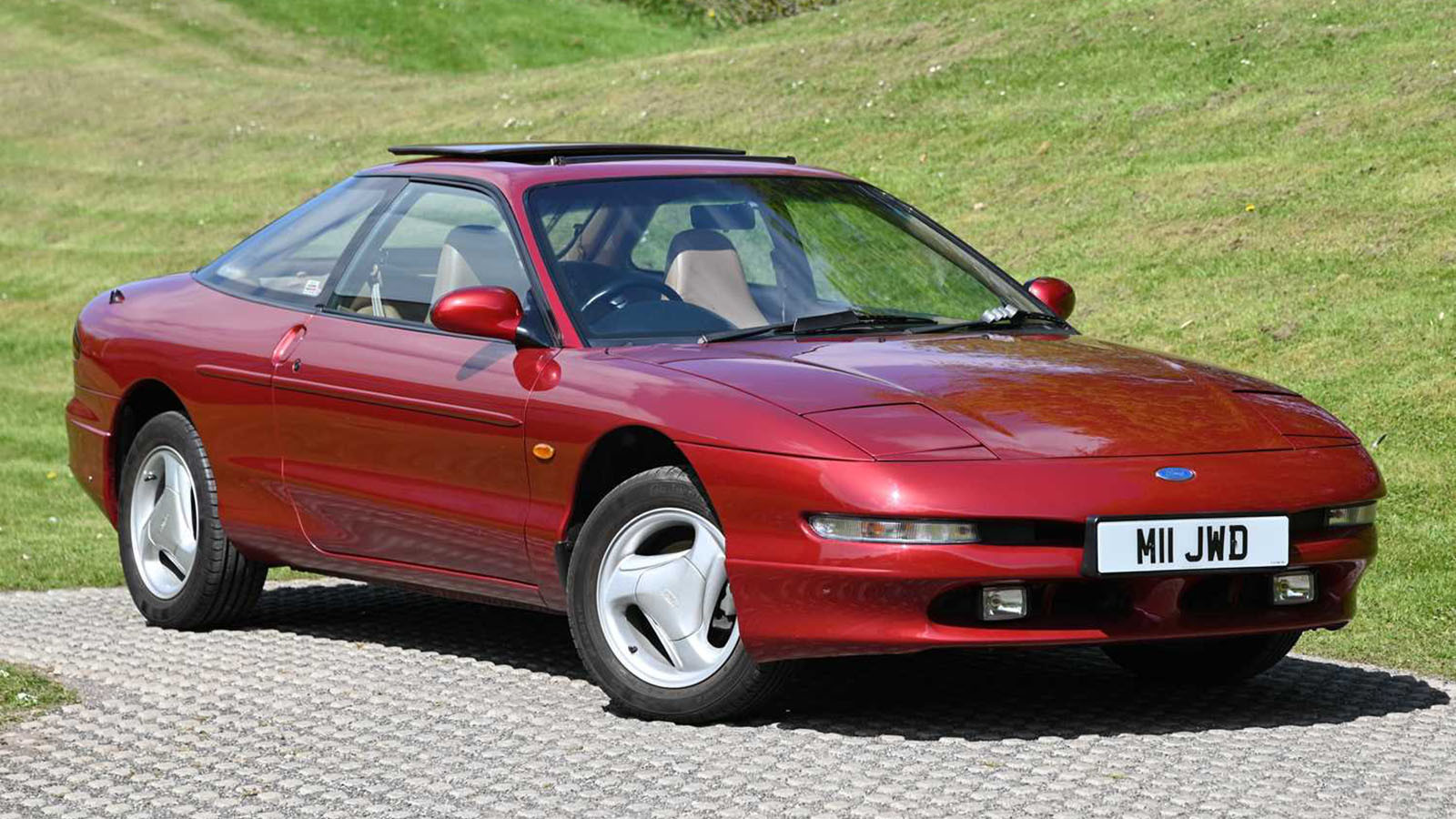 © Manor Park Classics
© Manor Park Classics -
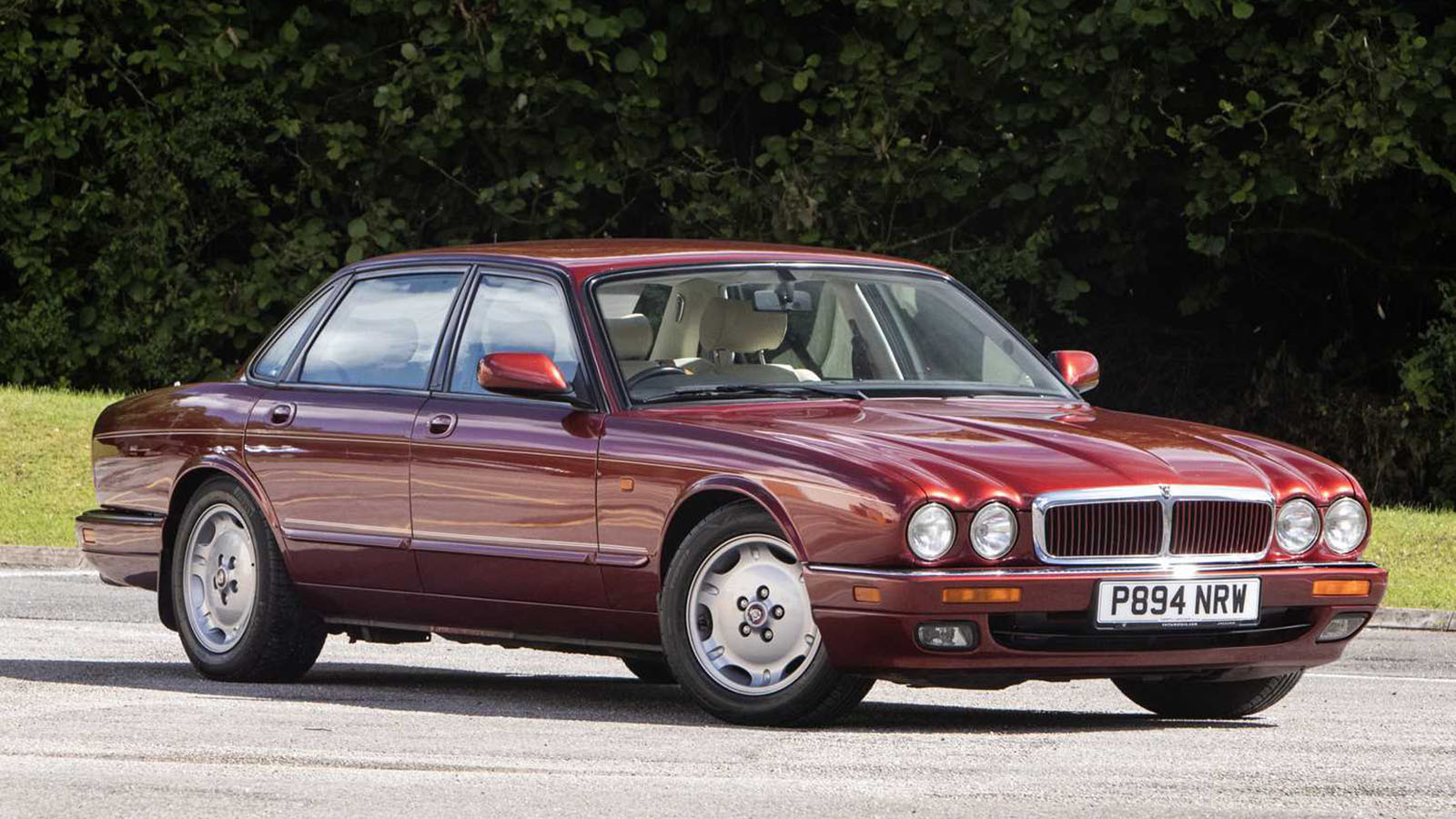 © Manor Park Classics
© Manor Park Classics -
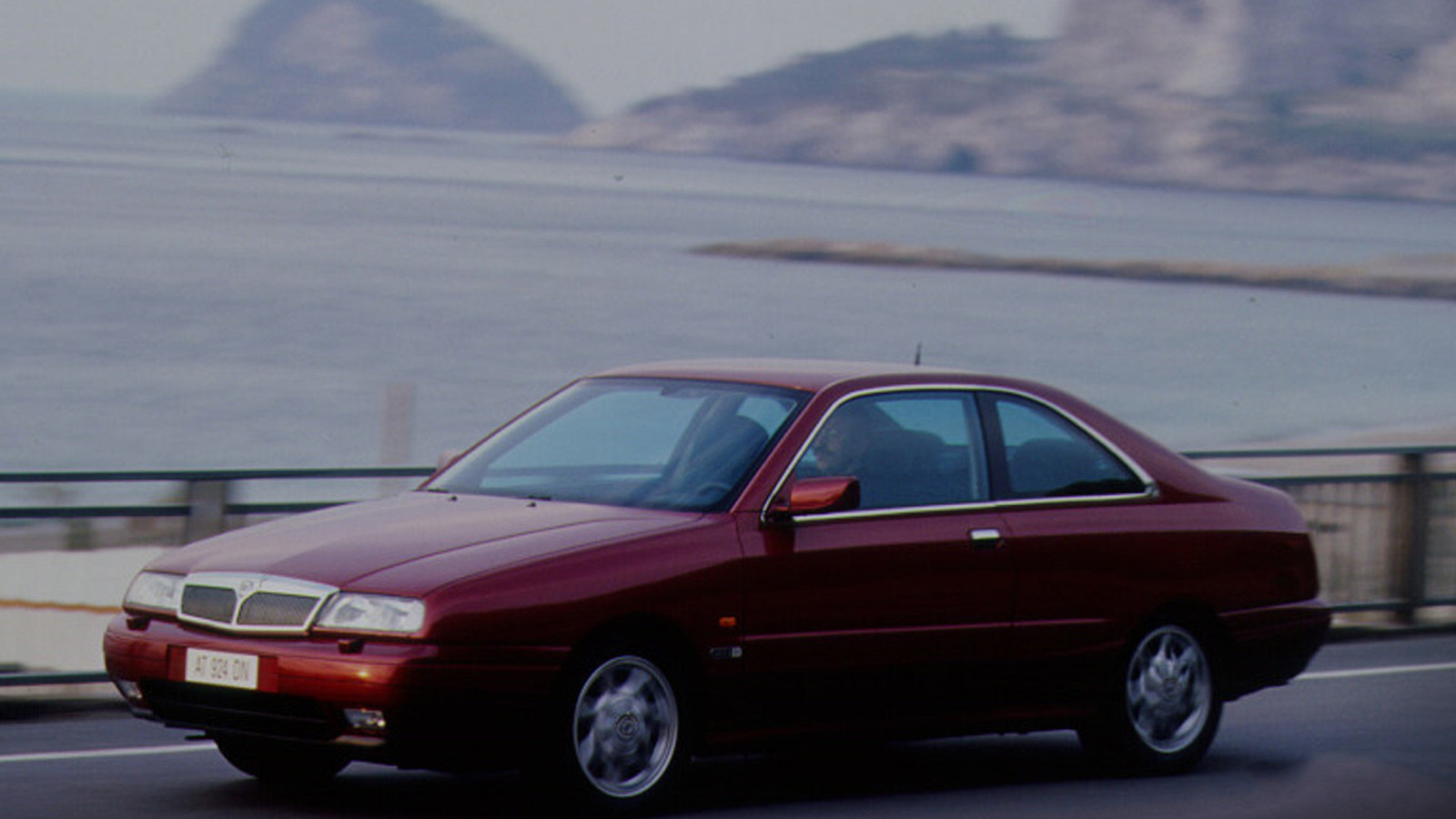 © Stellantis
© Stellantis -
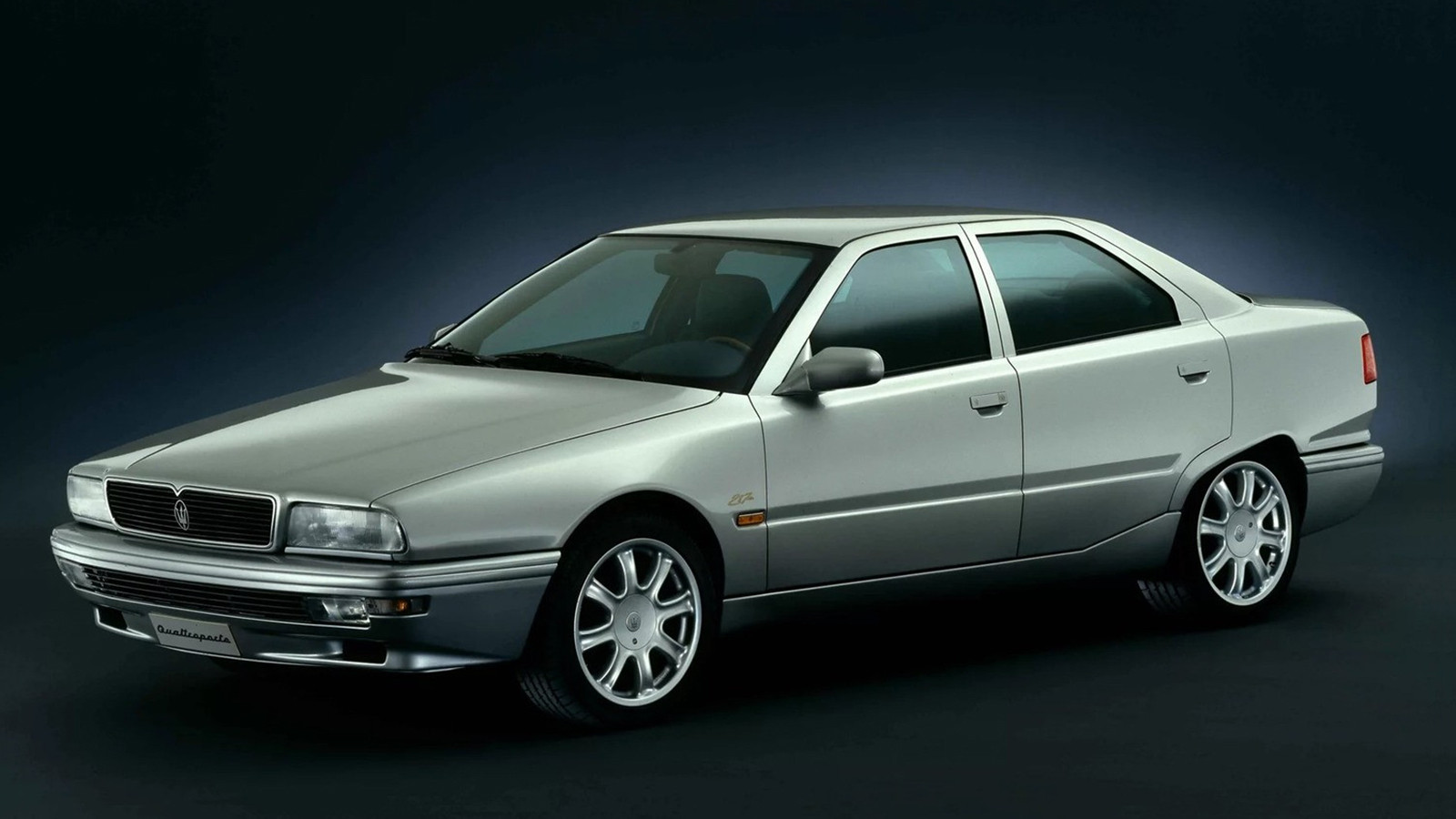 © Maserati
© Maserati -
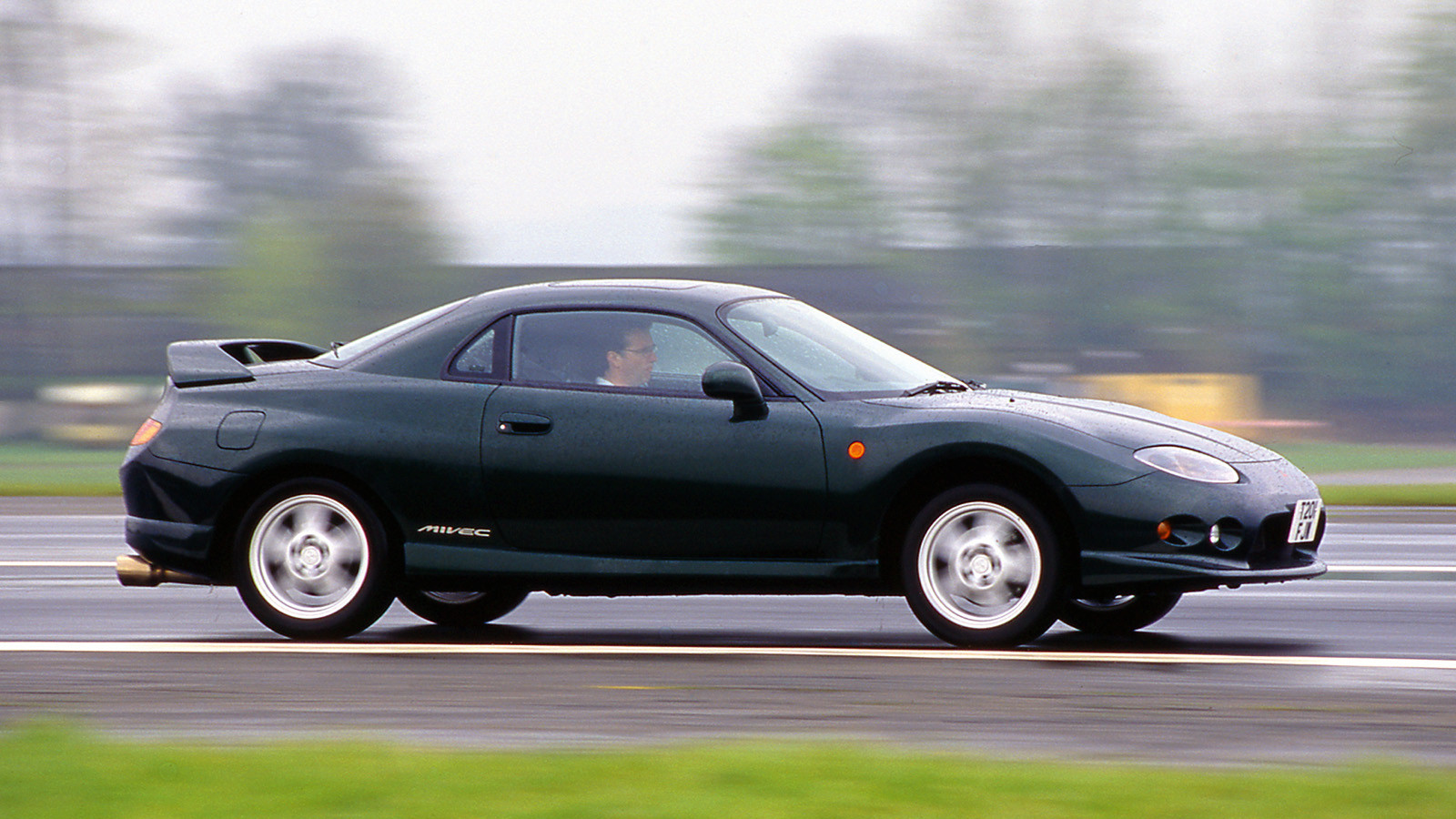 © Haymarket Automotive
© Haymarket Automotive -
 © Temen-Gas/Creative Commons licence https://creativecommons.org/licenses/by-sa/3.0/
© Temen-Gas/Creative Commons licence https://creativecommons.org/licenses/by-sa/3.0/ -
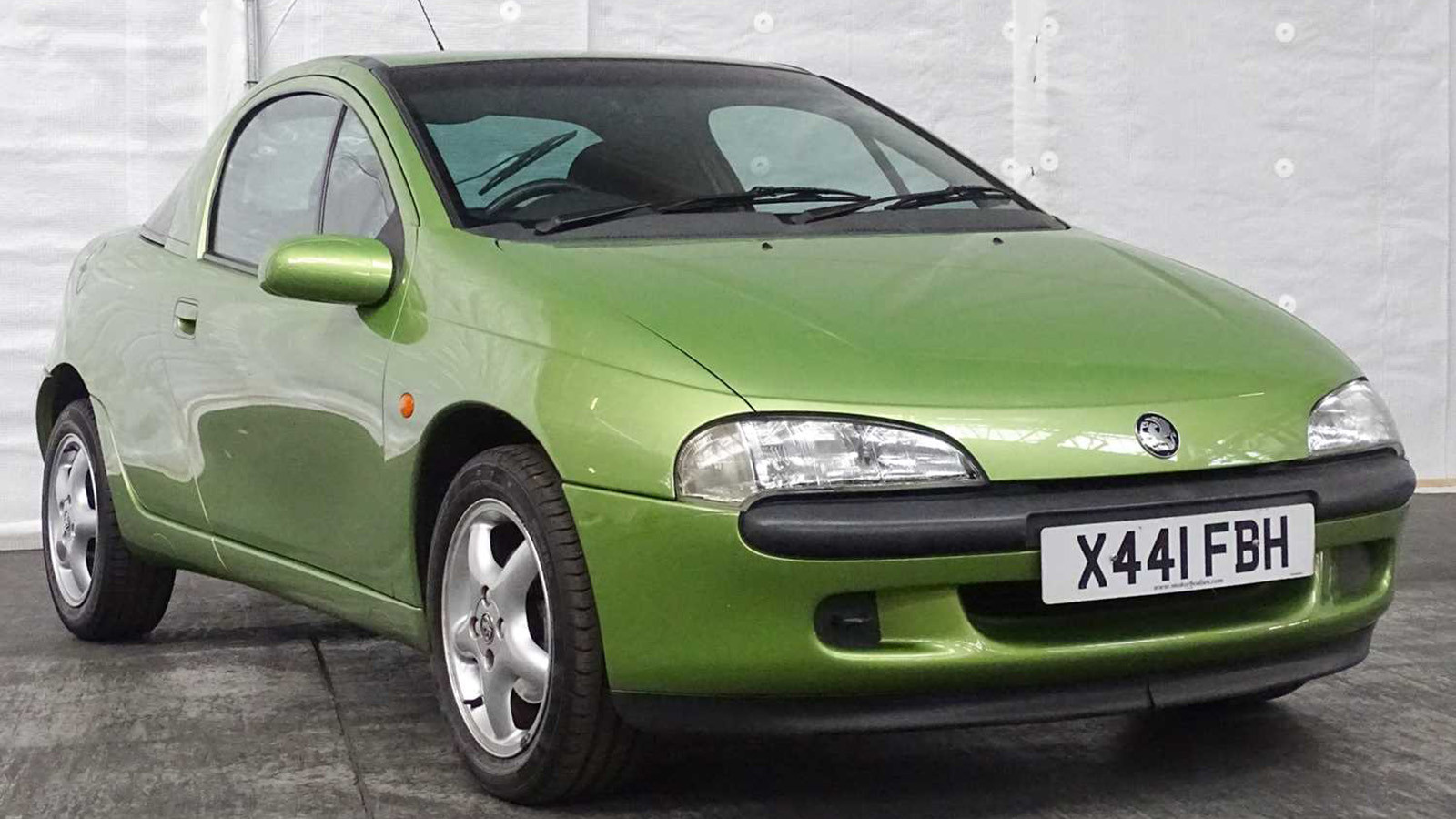 © Manor Park Classics
© Manor Park Classics -
 © IFCAR/public domain
© IFCAR/public domain -
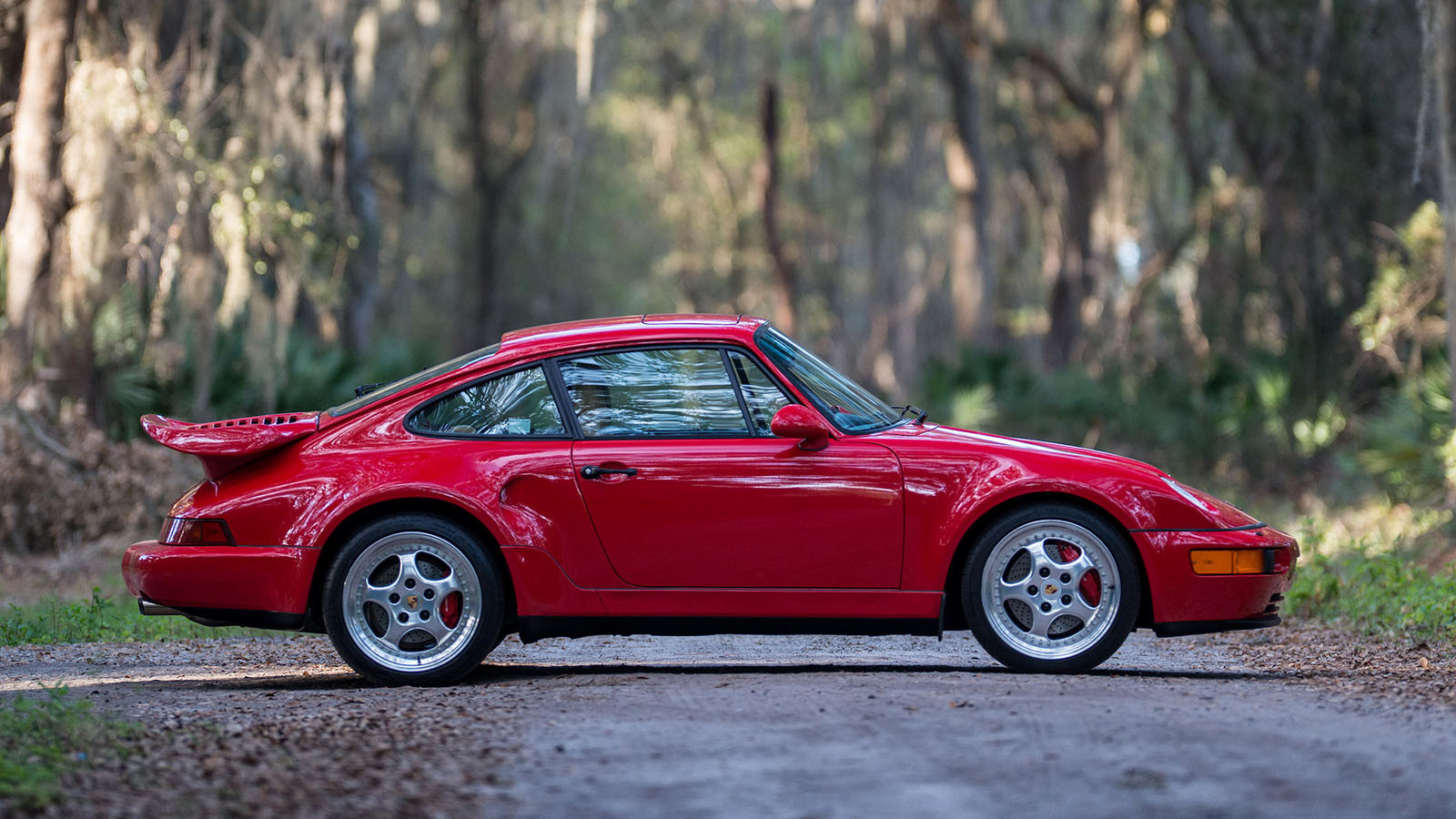 © Bonhams|Cars
© Bonhams|Cars -
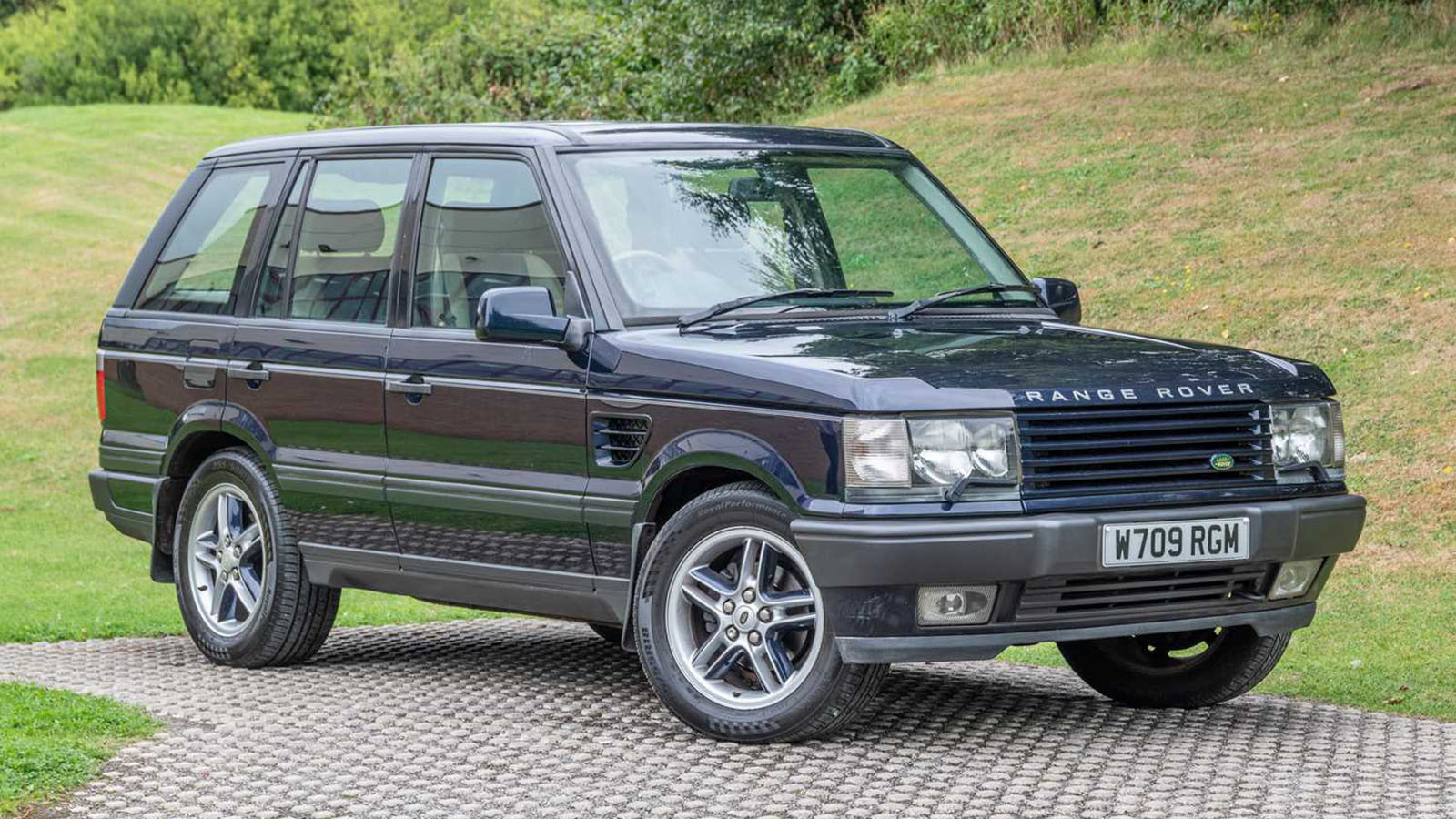 © Manor Park Classics
© Manor Park Classics -
 © Škoda
© Škoda -
 © OSX/public domain
© OSX/public domain -
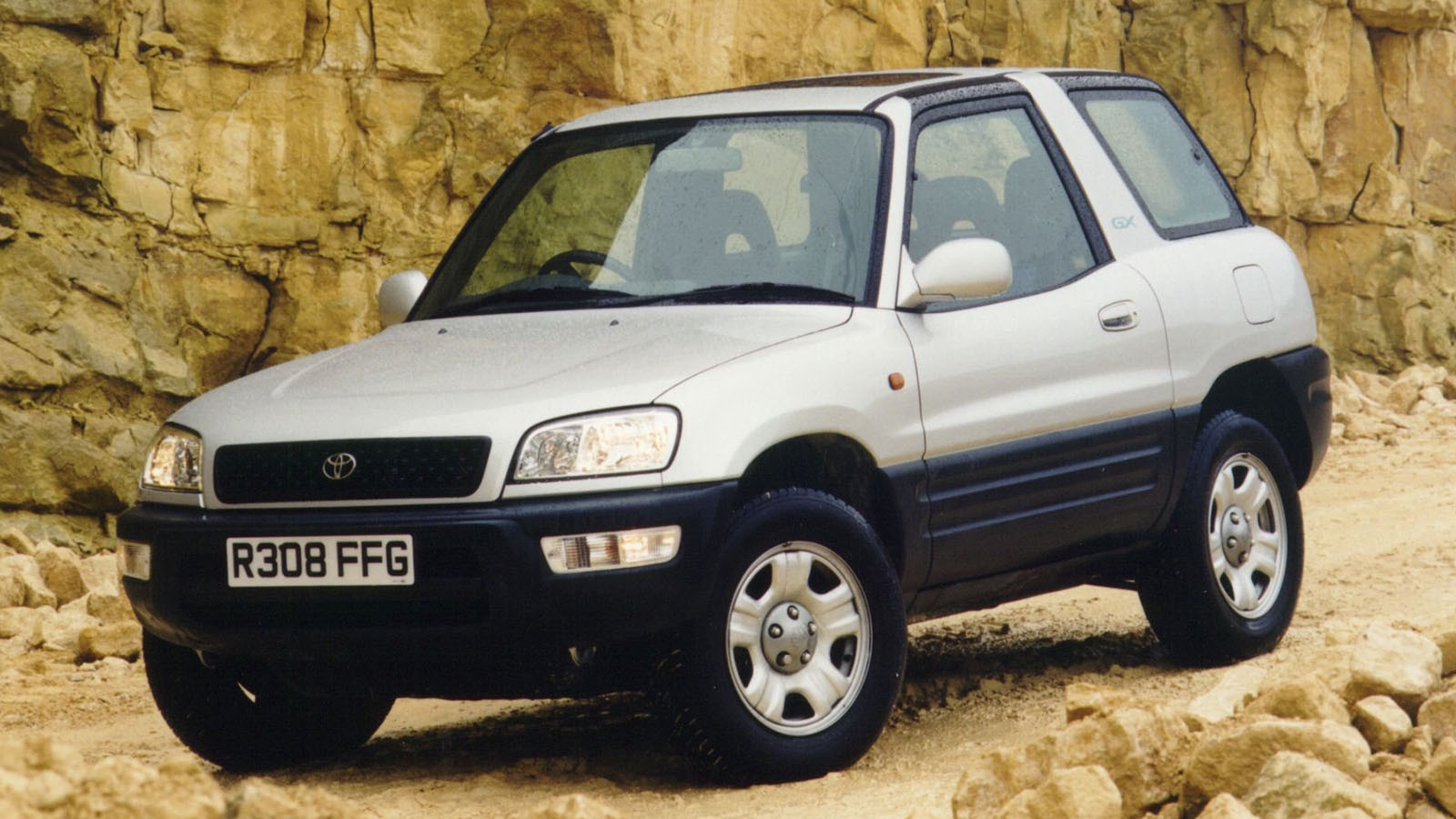 © Toyota UK
© Toyota UK -
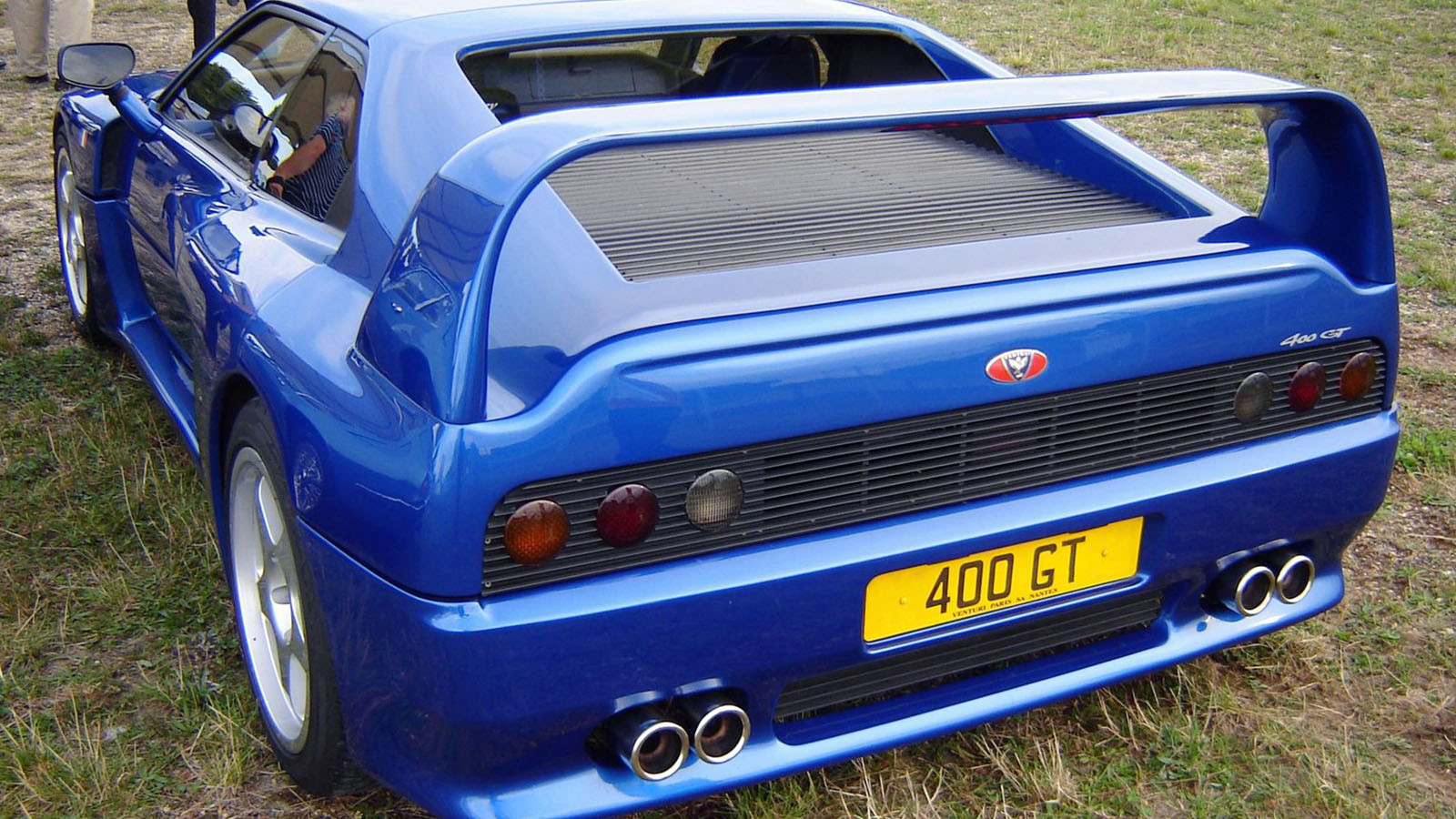 © Jean-Pierre60/Creative Commons licence https://creativecommons.org/licenses/by-sa/3.0/
© Jean-Pierre60/Creative Commons licence https://creativecommons.org/licenses/by-sa/3.0/ -
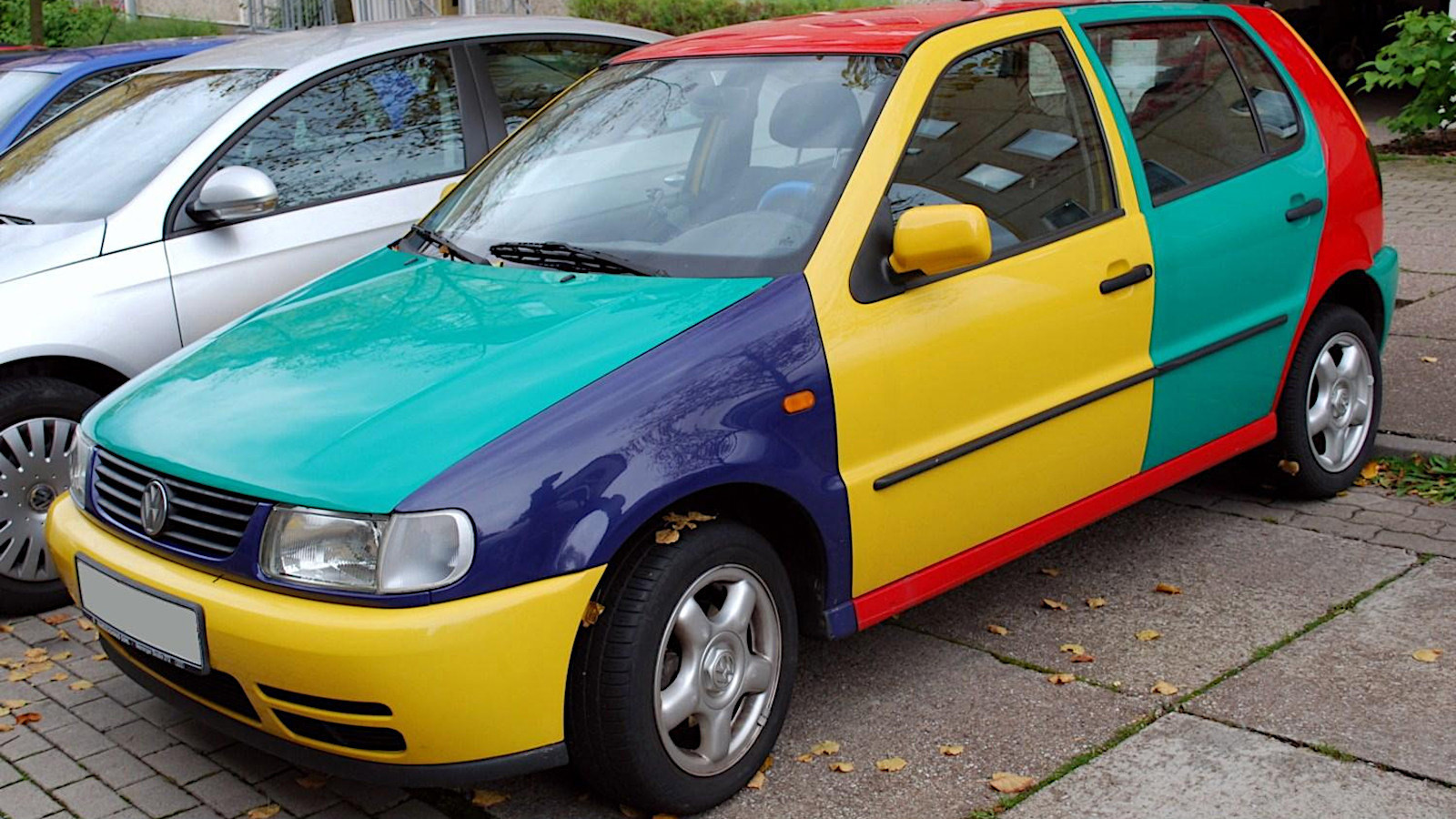 © Thomas Doerfer/Creative Commons licence https://creativecommons.org/licenses/by-sa/3.0/
© Thomas Doerfer/Creative Commons licence https://creativecommons.org/licenses/by-sa/3.0/
-
Three decades of memories
You may be fooled into thinking that this selection of classic cars is almost too modern to return to with any hint of nostalgia, especially when some entrants’ names can still be found in new car listings today.
But three decades ago, in 1994, those models were already some way into their brand journeys, and were joined by a good few that we’d now happily regard as true classics.
Either way, few years have yielded such a cornucopia of automotive talent, and here, in alphabetical order, are 25 of the most memorable cars launched or unveiled 30 years ago, in 1994.
-
1. Alfa Romeo 145
The long-awaited replacement for Alfa Romeo’s ageing 33, the 145 received its international debut at the 1994 Paris motor show.
Designed in-house by Chris Bangle at Alfa’s Centro Stile, the 145 entered the popular small-hatchback class as a three-door model, with its five-door 146 sibling joining the line-up the following year.
Initially available with an in-line, 1.9-litre turbodiesel, plus transversely mounted, 1.4-, 1.6- and 1.7-litre petrol ‘boxer’ (horizontally opposed) engines, the 145 was notable in its ability to accommodate both configurations.
From 1997, however, the boxer units were replaced by new Twin Spark engines, all of which were laid out transversely.
-
2. Audi A4
The first nameplate in our list still to exist today, the Audi A4 made its debut in 1994 and is now in its fifth generation.
A replacement for Audi’s mid-size 80 saloon, the A4 rapidly became a benchmark within the Volkswagen Audi Group (VAG) for quality. In an early example of platform-sharing, its underpinnings were also used in the VW Passat.
From launch, the A4 came with an extensive engine offering, from an in-line, 1.6-litre ‘four’, to a 2.8-litre V6, and was first to adopt Audi’s five-valves-per-cylinder, 1.8-litre ‘four’, derived from its Super Touring racing car.
A 1.9-litre diesel engine was also available.
-
3. Audi A8
In an effort to remain competitive with lighter-weight, rear-drive rivals in the full-size, luxury-saloon class, Audi’s A8 range-topper compensated for the 100kg (220lb) extra mass of its four-wheel-drive system with an all-aluminium monocoque, marketed as the ‘Audi Space Frame’.
Launched at the 1994 Geneva show, the imposing new model was available in standard or A8 L guise, the latter adding an extra 5in (127mm) to the wheelbase.
Over the course of its eight-year life, this first-generation A8 became ever more powerful, peaking with the 1996 335bhp S8 (pictured).
But from launch, just two petrol engines were available: a 172bhp 2.8-litre V6 and a 296bhp 4.2-litre V6.
-
4. Audi RS2
Co-developed between Audi and Porsche, the RS2 was based around Audi’s outgoing 80 model’s B4 platform, but shared little else with the cooking car.
The Audi RS2’s suspension, Brembo brakes, Porsche 964 turbo-style wheels and much of the interior – including its Recaro seats – were bespoke to the model, as was Audi’s Torsen-type ‘quattro’ four-wheel-drive system, operated through a six-speed manual gearbox.
Firecracker performance, including a 0-62mph time of 4.8 secs and a top speed of 163mph, came from a modified version of Audi’s 2226cc, 20-valve, in-line, five-cylinder engine, with an upgraded KK&K turbocharger, intercooler and fuel injectors.
All Audi RS2s were built at Porsche’s Zuffenhausen factory.
-
5. Bentley Java concept
Originally conceived purely as a concept car for the 1994 Geneva motor show, Bentley ended up producing 18 Javas – six coupés, six convertibles and six estates – for its customer, Mohammed Mandari, between 1994 and 1996.
Shaped by Rolls-Royce’s head of design, Graham Hull, in collaboration with Roy Axe, designer of Rover’s 200/400/800 models, as well as a range of Rootes Group products, the Java was based around BMW’s E34 5 Series platform.
Power also came from BMW’s twin-turbocharged, 32-valve V8 engine, helping the car achieve a theoretical top speed of 155mph.
-
6. BMW 7 Series (E38)
BMW’s third-generation 7 Series (E38) was produced from 1994-2001, and was available in standard- and long-wheelbase guises (the latter carrying an ‘iL’ suffix in its name).
Powered by a choice of in-line ‘six’, V8 and V12 petrol engines, this generation of 7 Series was the first available with a diesel unit, initially a turbocharged straight-six.
The E38-generation model was also the first to offer curtain airbags and satellite navigation in its option list.
-
7. Caterham 21
Built to celebrate Caterham’s 21 years as a manufacturer, the 21 strived to offer a more practical and palatable take on the marque’s traditional Seven model.
Designed by Iain Robertson, a former news editor of Autocar magazine, the 21 was clothed by a low and swooping glassfibre body, underpinned by a strengthened Seven chassis, claimed to be 50% more structurally rigid (though overall weight rose to 660kg/1455lb).
Mechanically, the 21 shared the Seven’s engine range, meaning displacements from 1.6 to 2 litres.
Production of 200 cars per year was mooted, but only 40-50 were built between 1994 and 1999.
-
8. Chrysler/Dodge/Plymouth Neon
Originally shown as a quite radical Dodge concept at the 1991 Frankfurt motor show, the Neon that finally reached production in 1994 was far more mainstream in appearance.
Marketed as a Dodge or Plymouth for North America, and as a Chrysler in Europe, the Neon was available as either a four-door or two-door notchback/coupé, depending on market.
Powered by a single- or double-overhead-cam, 2-litre engine, the Neon targeted Japan’s domestic market in right-hand-drive form, which also gave it a foothold in the UK, where its US roots, low price and relatively generous level of standard equipment were major selling points.
-
9. Ferrari F355
With Ferrari’s reputation tainted somewhat by the fair-to-middling 348, its successor, the F355 Berlinetta, had plenty of heavy lifting to do to claw back some ground.
And it did so with aplomb. Universally praised, the new car’s aluminium/steel body was built onto a steel monocoque with a rear tubular-steel subframe carrying its mid-mounted engine and classic unequal-length wishbone suspension, also employed at the front end.
Power came from a 3496cc, 40-valve, dry-sump V8 engine producing 374bhp, gifting the Ferrari F355 a 0-62mph time of just 4.7 secs and a top speed of 183mph (295kph).
A full-body undertray provided equal downforce between front and rear axles, and two-setting, electronically controlled dampers contributed to improved dynamics versus the F355’s predecessor.
-
10. Ferrari F512M
The F512M replaced the 512TR to be the very last mid-engine, flat-12 production Ferrari road car.
Launched at the 1994 Paris show, the ‘M’ in the new model’s name stood for Modificata (modified), which included a raft of external and internal cosmetic changes.
More importantly, though, upgrades to the car’s longitudinally mounted, 4943cc, flat-12 engine upped power, resulting in an increased 195mph top speed.
Of all the models in Ferrari’s long-running Testarossa series, the F512M was produced for the shortest time, finishing in 1996 after 501 cars had been built. It was replaced by the V12 front-engined 550 Maranello.
-
11. Ford Probe
A joint venture between Ford and Mazda, the Probe was actually launched in 1993, but didn’t go on sale in Europe and the UK until 1994, hence its inclusion in our list.
For its second generation, the Probe shared its front-wheel-drive platform with the Mazda MX-6.
The lift-back coupé was intended as a belated replacement for Ford’s much-loved Capri, which had ceased production seven years before.
Power came via either a 2-litre, in-line ‘four’ engine, or a more potent 2.5-litre V6.
However, former Capri lovers in the UK didn’t see the Probe as a worthy successor, and after three years in the market just 15,000 cars had been sold.
-
12. Jaguar XJ (X300)
The X300-series Jaguar XJ was the first model to be wholly developed under Ford’s ownership of Jaguar and Land Rover in the 1990s.
Designed by the late Geoff Lawson, it was an evolution of the XJ40 which preceded it, but raised the bar significantly in terms of reliability and quality.
Available in short- and long-wheelbase form, the X300 was offered as an XJ6 (powered by Jaguar’s 3.2- or 4-litre AJ16 engine), an XJR (4-litre supercharged) or XJ12 (6-litre V12).
The X300 Jaguar XJ was replaced by the X308 model in 1997.
-
13. Lancia Kappa
Denoting the 10th letter of the Greek alphabet, Lancia chose Kappa as the name of its Thema replacement in 1994.
Only sold in left-hand-drive markets, the Kappa’s somewhat bland styling never quite matched that of its predecessor.
A front-wheel-drive, five-seat, mid-size saloon or estate, the Kappa was powered by a range of engines including a variety of 2-litre, five-cylinder units (naturally aspirated and blown), a 3-litre V6, and two flavours of 2.4-litre diesel.
-
14. Maserati Quattroporte
The fourth-generation Quattroporte was the first Maserati to be produced under Fiat’s ownership, after Alejandro de Tomaso had relinquished control of the company the previous year.
Based on the existing Biturbo’s platform, with 5cm (2in) of length added, the new car was penned by legendary designer Marcello Gandini.
Launched at the 1994 Turin show, first cars were powered by a tax-friendly (for the domestic market), 2-litre, twin-turbocharged V6, with a 2.8-litre V6 being made available for export markets the following year. From 1996, a twin-turbo V8 joined the range.
After fourth-generation Maserati Quattroporte production ceased in 2001, 2400 cars had been produced.
-
15. Mitsubishi FTO
Recalling the FTO (for ‘Fresh Touring Origination’) nameplate first used on its 1971 Colt model, Mitsubishi’s 1994 FTO was a front-mid engine, front-wheel-drive coupé.
Initially destined only for the Japanese domestic market, its popularity as a grey import eventually led to its official adoption by various Mitsubishi importers around the world.
In base form, the Mitsubishi FTO was powered by a transversely mounted, 1.8-litre, in-line ‘four’.
But two more powerful engines – a 2-litre V6 and a 2-litre MIVEC V6 range-topper – completed the line-up.
-
16. Mitsubishi Pajero Mini
Mitsubishi’s Pajero Mini was a clever, scaled-down, kei-car version of its Pajero SUV, measuring a whopping 845mm (33.3in) shorter in length than the full-sized model.
Based on the company’s Minica platform, the Pajero Mini was only available with a three-door body, but with a choice of either two- or four-wheel-drive transmissions.
The entry-level model was powered by a tiny, 16-valve, in-line, four-cylinder engine displacing 659cc and producing 51bhp, but the more popular option was a turbocharged, 20-valve variant of the same unit with 63bhp.
-
17. Opel/Vauxhall Tigra
Following a positive reception to Vauxhall/Opel’s Tigra concept at the 1993 Frankfurt show, a production car was confirmed/displayed at that year’s London Motorfair, with production commencing in 1994.
A two-door coupé, based on the second-generation Corsa, the Tigra’s body was entirely bespoke, though much of its mechanicals, suspension and dashboard architecture were shared with Vauxhall/Opel’s supermini.
Produced until 2000, the Tigra was powered by a choice of two 16-valve, double-overhead-cam, four-cylinder engines: a 1.4 and a 1.6.
-
18. Pontiac Sunfire
Launched in 1994 for the 1995 model year, Pontiac’s Sunfire replaced the Sunbird model and targeted economy-conscious motorists.
Available as a saloon, coupé and convertible, the Sunfire was built on General Motors’ J-car platform.
Most models were powered by a 2.2-litre, four-cylinder engine, but a GT version was also available with a more potent 2.4-litre unit.
-
19. Porsche 911 turbo 3.6 S
As a final hurrah for the 964-type 911 turbo, Porsche produced the last 93 cars as 3.6 S models, fitted as standard with the previously optional (for the turbo 3.6) X88 power kit.
However, 76 3.6 Ss went through Porsche’s Exclusive department and were fitted with the ‘Flachbau’ body revisions (as pictured), including a body-coloured rear spoiler, bespoke front spoiler and air inlets in its rear wings.
All of the last-of-line turbo 3.6 Ss, though, received the X88 modifications, including a different cylinder head with revised inlet and exhaust ports, plus an upgraded intercooler, fuel injectors and exhaust.
As a result, power rose from the standard turbo 3.6’s 355bhp to 380bhp.
-
20. Range Rover (P38 series)
After 24 years on the market, the Range Rover finally evolved into its second generation with the (internally named) P38, though the Classic version continued in production.
The Range Rover’s V8 was uprated, and could be had as either a 4- or 4.6-litre unit, or a 2.5-litre turbodiesel.
Upgraded electronically controlled air suspension and a strengthened chassis were improvements over the original Range Rover, though reliability woes tarnished the model’s reputation in subsequent years.
-
21. Škoda Felicia
The Felicia was the last car to adopt Škoda’s own platform, before future models shared Volkswagen group underpinnings.
But it was also the first Škoda to be produced after VW group’s takeover of the company.
Heavily evolved from its predecessor, the Favorit, the Felicia had a redesigned body and, for the first time in a Škoda, included equipment such as air conditioning, ABS and a driver’s-side airbag.
Available as a five-door hatch, estate, van and pick-up, the Felicia was powered by a choice of 1.3- or 1.6-litre petrol engines, or a 1.9-litre diesel unit.
The 1.6-litre Felicia became the basis for Škoda’s homologated kit car campaigned in the World Rally Championship’s F2 class.
-
22. Subaru Legacy Outback
Faced with faltering sales in the US due to growing SUV (sport utility vehicle) popularity, Subaru’s inspired solution was to reinvent its five-door Legacy estate as the Legacy Outback, with rugged-looking body cladding and raised suspension.
Launched at the 1994 New York show, the Subaru Legacy Outback retained the standard model’s full-time all-wheel-drive system, which split transmission evenly between the front and rear axles under steady-state conditions.
Powered by a choice of Subaru’s 2.2- or 2.5-litre ‘boxer’ (horizontally opposed) engines, mated to either a four-speed auto or five-speed manual gearbox, the Legacy Outback was credited with a turnaround in the company’s sales.
-
23. Toyota RAV4
Arguably, the car that created the now-popular compact crossover class, the Toyota RAV4 – for ‘Recreational Active Vehicle with 4-wheel drive’ – was launched as a three-door model in 1994, with a five-door joining the range the following year.
Built on a bespoke platform, using componentry from Toyota’s Carina and Corolla models, the RAV4 did employ full-time four-wheel drive, but was also available with the option of front-wheel drive, too.
At launch, the car was powered by a 2-litre, four-cylinder engine mated to either a five-speed manual or four-speed auto transmission.
-
24. Venturi 400 GT
Venturi’s original 400 model was conceived in 1992 purely as a competition car, known as the 400 Trophy.
The brainchild of Venturi’s motorsport director, Stéphane Ratel, it formed the basis of a successful one-make race series – the Gentlemen Drivers Trophy – over four seasons, during which 73 cars were produced/campaigned.
However, in 1994, Venturi offered the 400 as a roadgoing model, called the GT. Powered by the same mid-mounted, Peugeot-derived, 3-litre V6 as in the race version, it could achieve 0-62mph in 4.1 secs.
Selling at a 100,000 Francs premium over the competition car, though, only 13 were produced before production ceased in 1997.
-
25. Volkswagen Polo (Mk3)
Volkswagen’s third generation of the evergreen Polo was based on the Mk2 Seat Ibiza’s platform, which employed the Golf Mk3’s floorpan. The Polo’s body was unique to the model, though.
Available as either a three- or five-door hatchback, the Mk3 adopted VW’s new 1-litre engine, which was also joined by a 1.4-litre (in 8- and 16-valve guises), and a 1.6-litre to comprise the petrol line-up.
Two 1.9-litre diesels – naturally aspirated and turbocharged – completed the range.
We hope you enjoyed this gallery. Please click the ‘Follow’ button above for more super stories from Classic & Sports Car.
